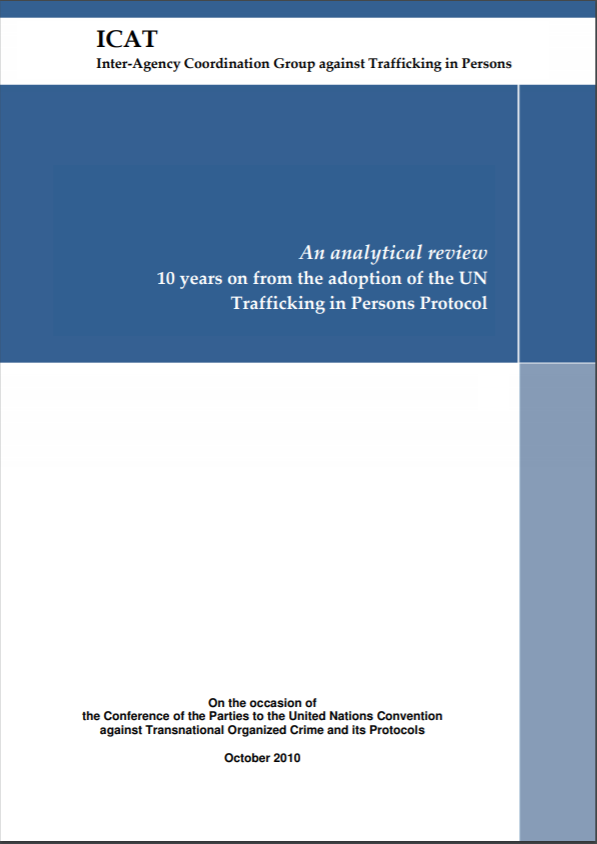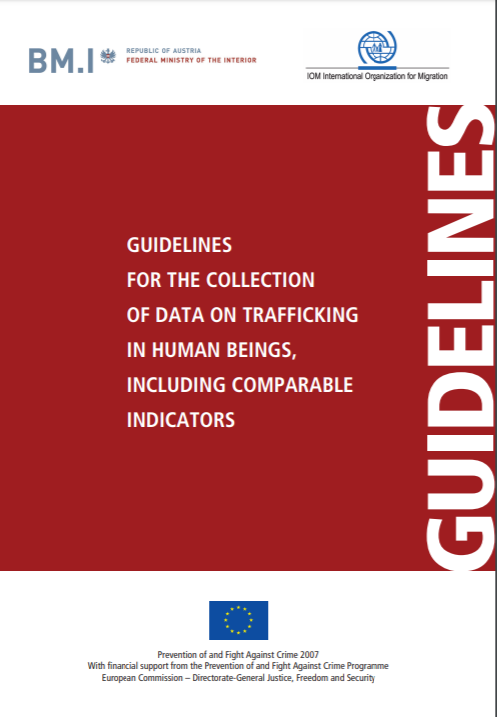An Analytical Review 10 Years From the Adoption of the UN Trafficking in Persons Protocol

In October 2010, the international community, in the fifth Conference of the Parties to the United Nations Convention against Transnational Organized Crime and its Protocols (CTOC/COP) commemorated the 10 year anniversary of the adoption of the Convention and the Protocol to Prevent, Suppress and Punish Trafficking in Persons, Especially Women and Children by the United Nations General Assembly. The purpose of this document is to provide an overview of the mandates of the member organizations of ICAT, as well as an analytical review of where the international community now stands 10 years on from the adoption of the Trafficking Protocol. The document also provides a view to the future with the proposal by particular agencies of concrete recommendations for future action.
Country
Worldwide
Region
Worldwide
Year
2010





